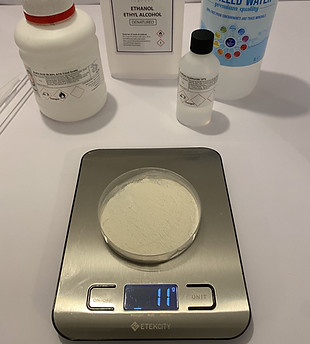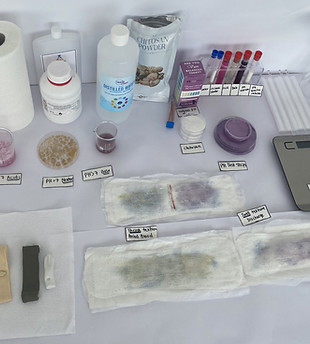
Menstrual hygiene is crucial for women’s overall well-being, sexual, and reproductive health, and daily life. On average, women spent about 30-40 years of their lives experiencing menstruation and discharge. This project was inspired by the personal experiences and stories shared by visually impaired women. They face difficulties and barriers in independently:
-
Managing their own menstrual hygiene.
-
Tracking their menstrual cycles.
-
Accessing menstrual health information due to limited availability of accessible materials, lack of awareness and education, and social stigma.
One of their major issues was the ability to distinguish between period blood and discharge. These visually challenged women usually resort to prolonged use of pads even after the period is over in order to prevent any leakage. However, this can be very dangerous as long usage of these menstrual items can lead to genitourinary infections and inaccurate tracking of their period.
In addition, this poor solution can exacerbate the constant fear of staining clothes and amplify feelings of uncertainty and vulnerability in making hygienic decisions without having to rely on someone to supervise them. The following design principles were applied for the product development:
Independence: Addressing the need for the user to maintain autonomy in managing menstrual hygiene.
Privacy: Tackling communicative yet discreet approach in presenting test results.
Accuracy: Focusing on the consistent and reliable period blood and discharge detection.
Human-centered Design: Designing the entire experience of user interaction with the product.

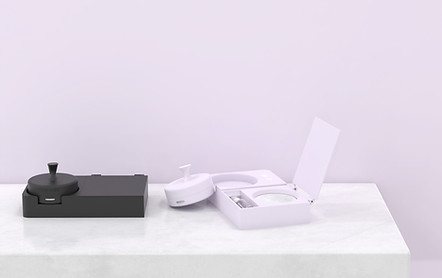

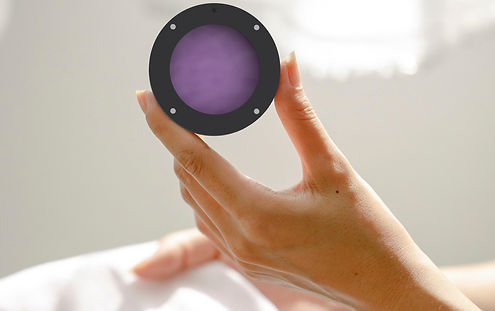.jpg)
FlowSense is an accessible period blood detection device that empowers visually impaired women to independently manage their menstrual hygiene with a discreet, accurate, and non-invasive method, whilst tracking their menstrual cycle and providing education on their menstrual health.
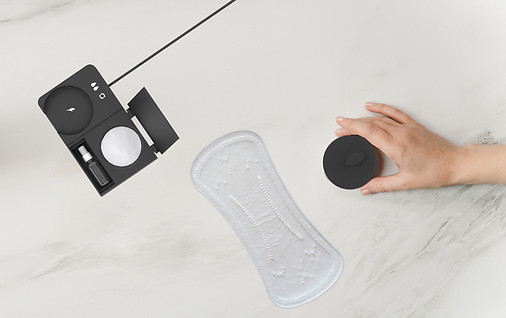
FlowSense consists of:
1. Hygiene Device: The top half of the device includes the test strips of which the user wipes directly onto the sanitary pad.
2. Sensor Device: The bottom half of the device includes a push button and a sensor that will analyze the test strip and outputs the vibration feedback for the user.
3. Dock Cleaning Station: Charges the device and has a cleaning kit. It connects to the app that reminds the user when to charge the device when to test for period blood and when to load new packs of the test strips.
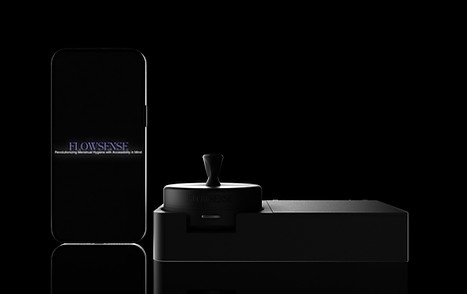
An accessible app for visually impaired users. The user interface is audio guided and is activated when the device is used. The device is connected to the app via Bluetooth.
The menstrual cycle is tracked through detection, delivering customized reminders to the app for when the next cycle is due. Through audio-guided instruction, users gain access to menstrual health by discovering their pH level, logging symptoms, and keeping track of mood changes, cramps, and more.
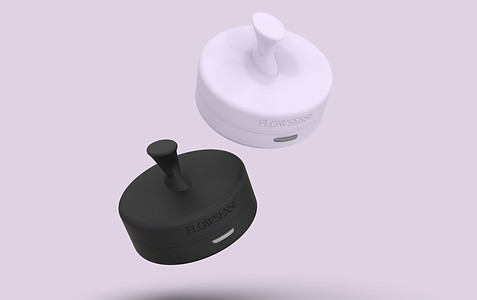

Our first Idea!
Our research began in December 2022. When we first discovered that we can modify sanitry pads to be tactile as they can be infused with chitosan—a naturally derived, antibacterial polymer—that can physically change shape in response to pH of menstrual flow!
Tactile Pad
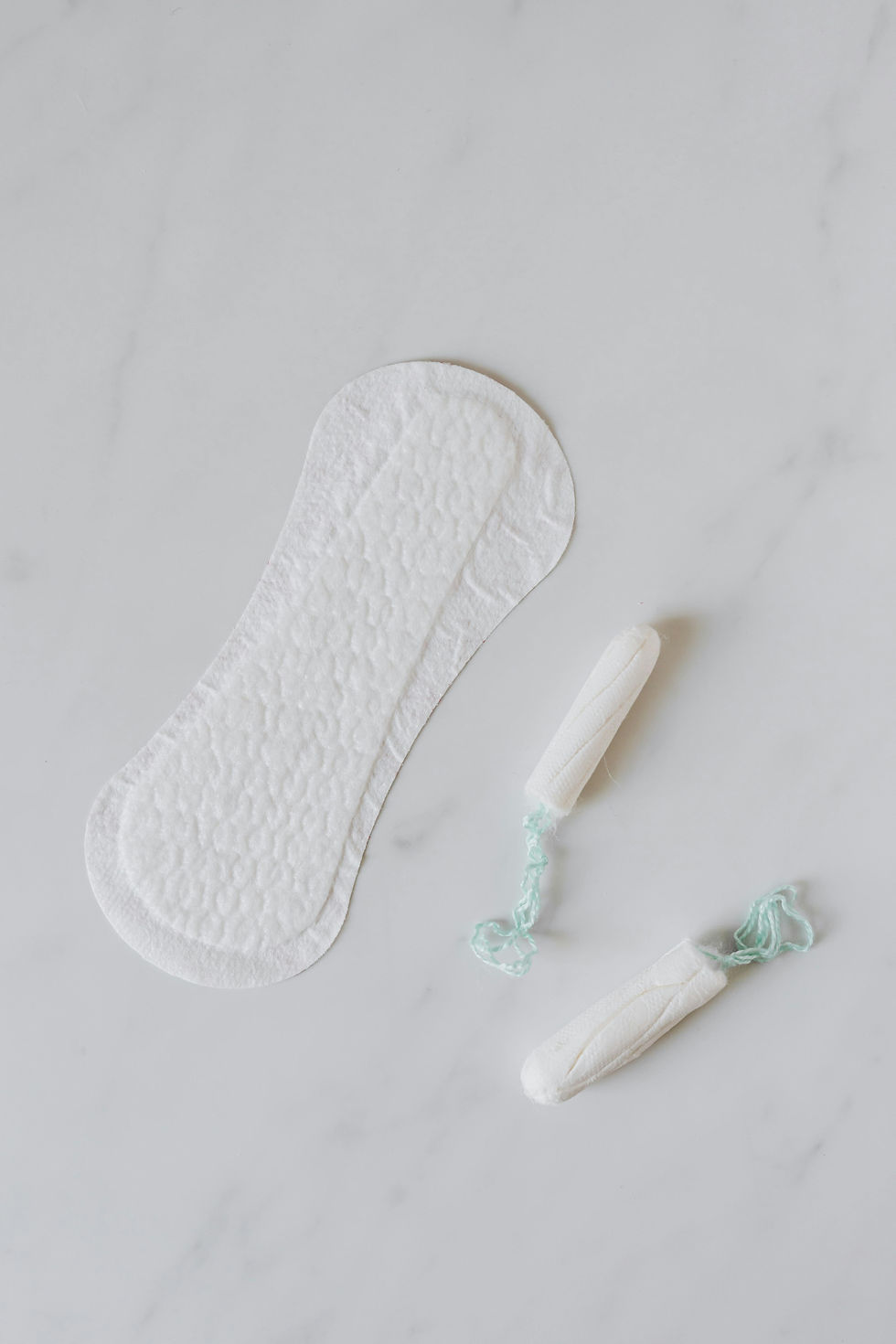
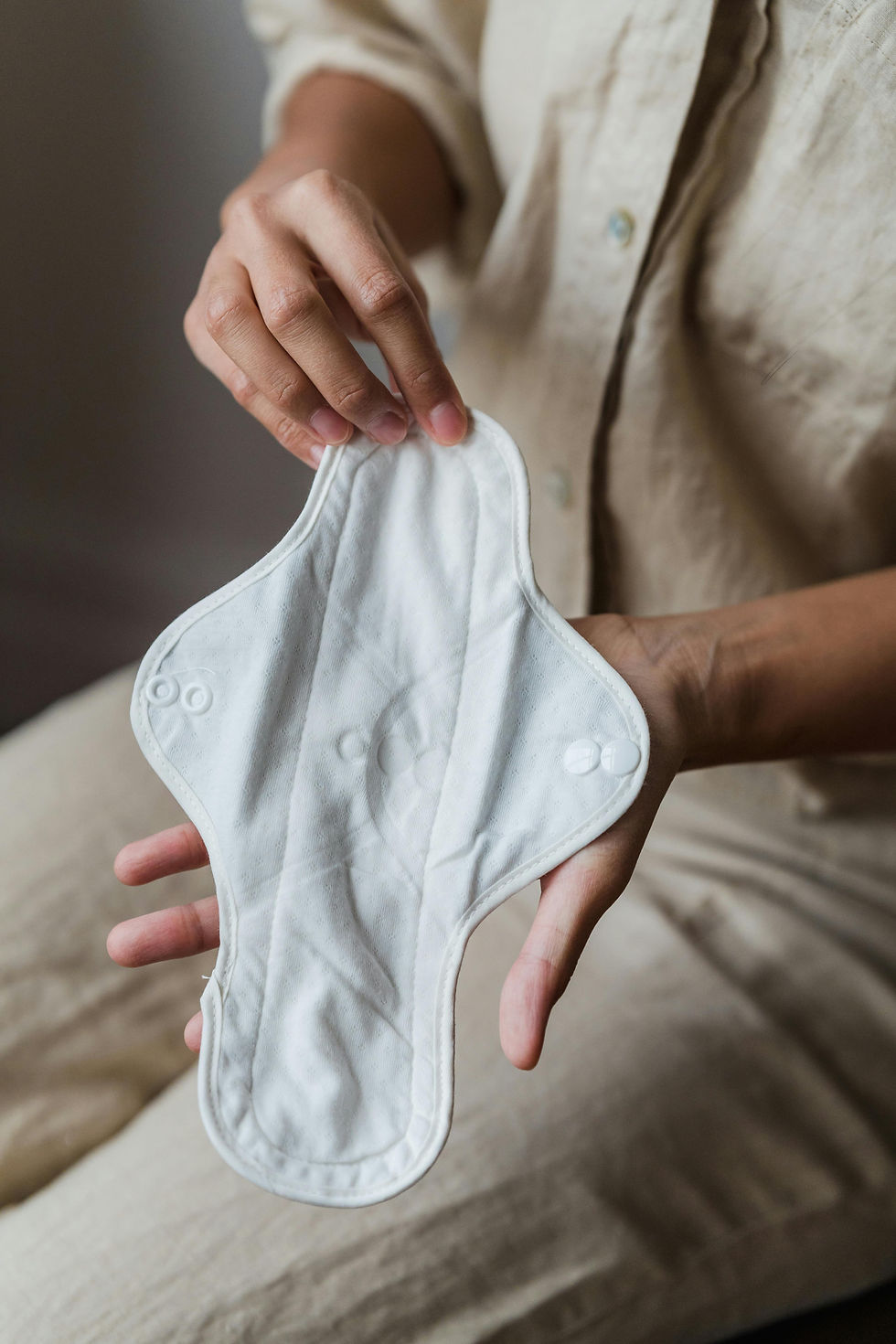
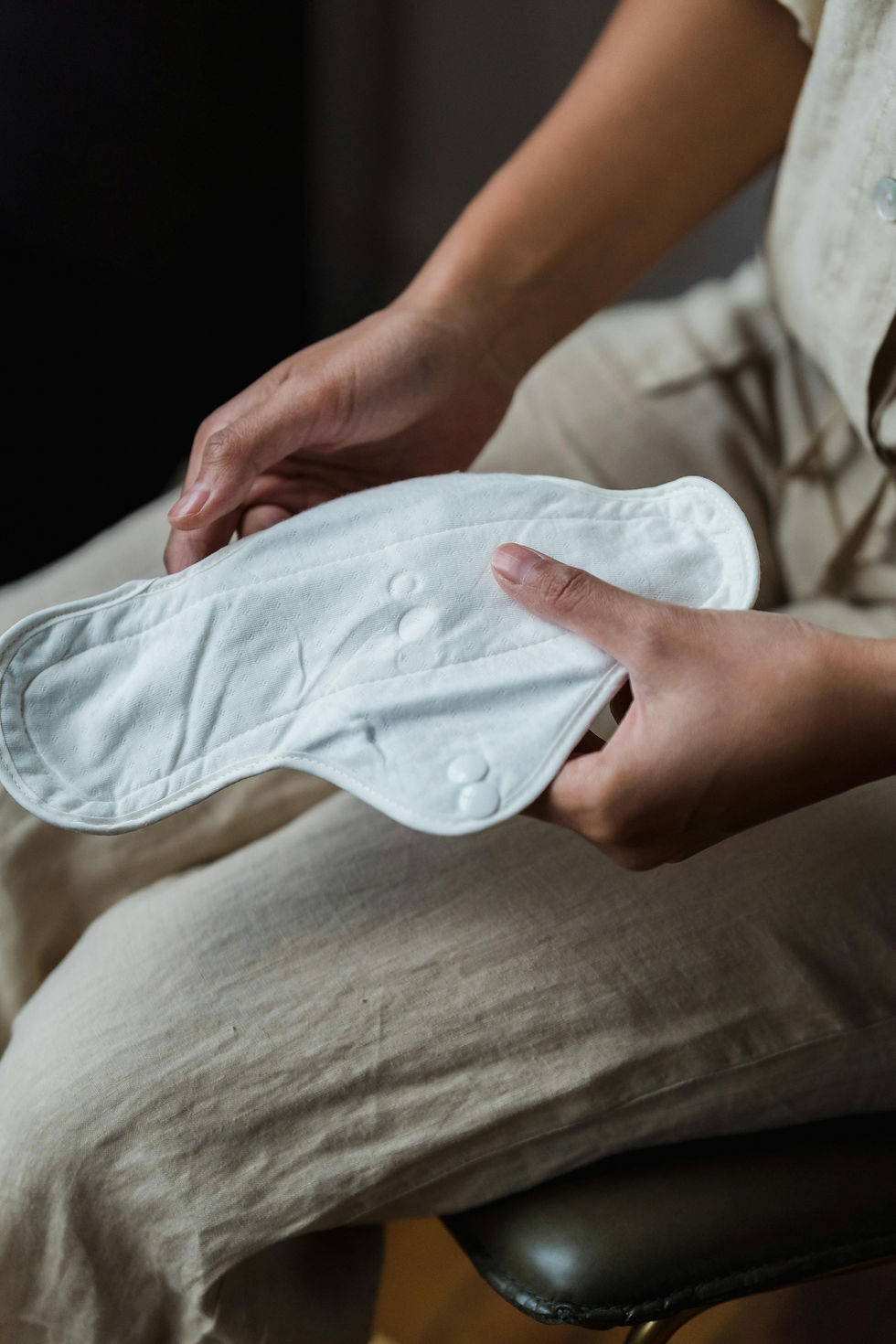



Research
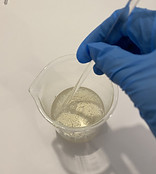
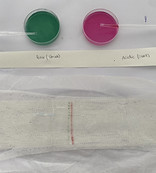
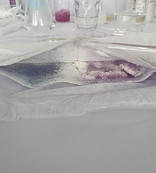
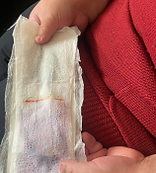




%20(1)%20(1)%20(2).jpg)

